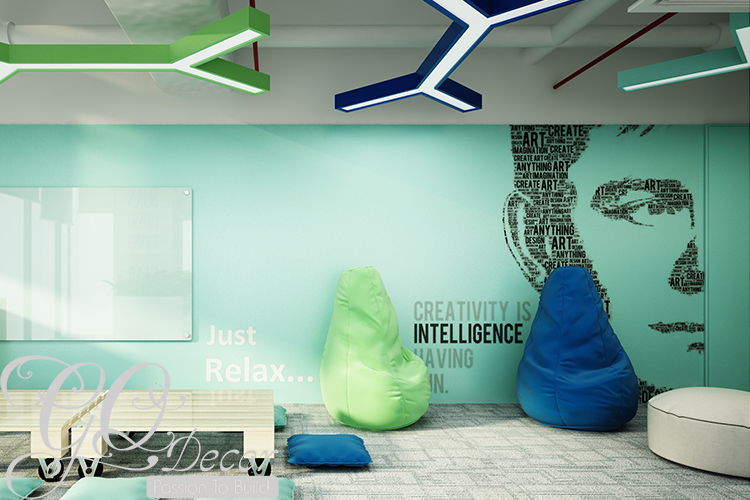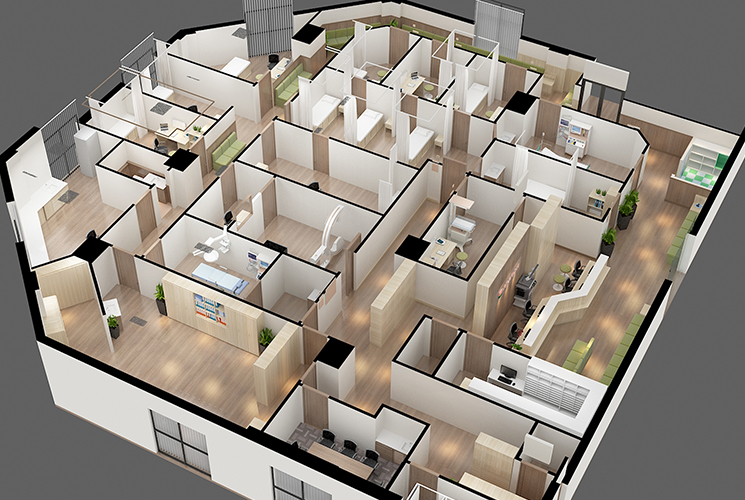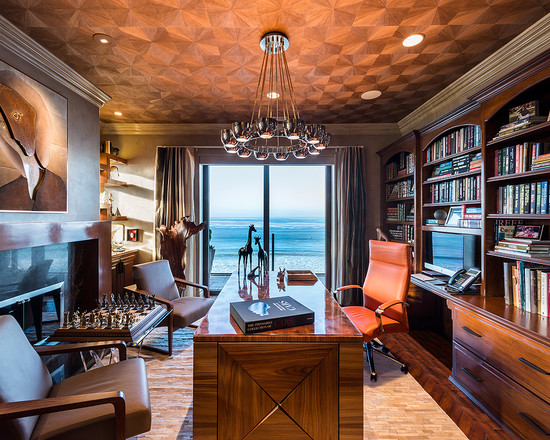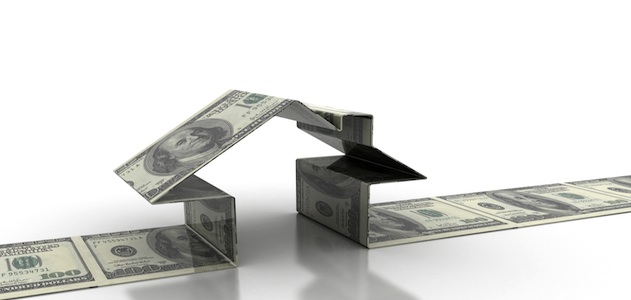Key Measurements to Help You Design the Perfect Home Office
Even if you don’t work at home, your partner or your best friend probably does. The shift in communications and information technology has created a new work lifestyle that demands a home office. At minimum a home office should have a personal computer, a printer and modest file storage. Those who work mostly at home also will need a dedicated room they can close off for privacy. What do you need in your home office? A computer is just the beginning.
Floating Desks
 Consider your desk first. Think about whether the desk should float in the room, as here, be placed against a wall or be built in. The standard desk height is 29 to 30 inches (74 to 76 centimeters). Freestanding desks range in size, but common dimensions are 48, 60 and 72 in. (122, 152 and 183 cm) wide and 24, 30 and 36 in. (61, 76 and 91 cm) deep. Get the largest desk that fits comfortably in your space, as you can never have enough work surface. This elegant home office accommodates a large freestanding desk. The built-in credenza and shelves hold a computer, files and books. Leave at least 30 in. (76 cm) between your own desk and credenza. On the other side of the desk, allow 48 to 60 in. (122 to 152 cm) for additional chairs and tables. Contemporary Home Office by Le Studio / Pierre Antoine Compain Le Studio / Pierre Antoine Compain SaveEmail This unique floating desk defines a minimalist workspace set amid staircase landings. This clearly illustrates that your workspace does not have to take up a whole room. You can get by with a footprint that’s slightly larger than the desk if the configuration is sufficient for your needs.
Consider your desk first. Think about whether the desk should float in the room, as here, be placed against a wall or be built in. The standard desk height is 29 to 30 inches (74 to 76 centimeters). Freestanding desks range in size, but common dimensions are 48, 60 and 72 in. (122, 152 and 183 cm) wide and 24, 30 and 36 in. (61, 76 and 91 cm) deep. Get the largest desk that fits comfortably in your space, as you can never have enough work surface. This elegant home office accommodates a large freestanding desk. The built-in credenza and shelves hold a computer, files and books. Leave at least 30 in. (76 cm) between your own desk and credenza. On the other side of the desk, allow 48 to 60 in. (122 to 152 cm) for additional chairs and tables. Contemporary Home Office by Le Studio / Pierre Antoine Compain Le Studio / Pierre Antoine Compain SaveEmail This unique floating desk defines a minimalist workspace set amid staircase landings. This clearly illustrates that your workspace does not have to take up a whole room. You can get by with a footprint that’s slightly larger than the desk if the configuration is sufficient for your needs.
Built-in Desks
Built-in desks have the same basic dimensions as other desks but often provide more work surface, since you customize the design. In this house the desktop is braced to the wall, allowing plenty of knee space so someone can maneuver from one end to the other. This area also offers a place for trash cans, paper shredders and items that need to be tucked away. The built-in bookshelves hold books, file boxes and supplies.

Desks Against a Wall
Your other option is to place desks against the wall. Two desks in this space are placed on opposite walls, creating a good work area. Keeping 54 to 66 in. (137 to 168 cm) between desks works best for this type of arrangement. With this amount of space, you can get up from the chair and walk around it without being hampered by the other desk and chair.

Floating Desks
 Consider your desk first. Think about whether the desk should float in the room, as here, be placed against a wall or be built in. The standard desk height is 29 to 30 inches (74 to 76 centimeters). Freestanding desks range in size, but common dimensions are 48, 60 and 72 in. (122, 152 and 183 cm) wide and 24, 30 and 36 in. (61, 76 and 91 cm) deep. Get the largest desk that fits comfortably in your space, as you can never have enough work surface. This elegant home office accommodates a large freestanding desk. The built-in credenza and shelves hold a computer, files and books. Leave at least 30 in. (76 cm) between your own desk and credenza. On the other side of the desk, allow 48 to 60 in. (122 to 152 cm) for additional chairs and tables. Contemporary Home Office by Le Studio / Pierre Antoine Compain Le Studio / Pierre Antoine Compain SaveEmail This unique floating desk defines a minimalist workspace set amid staircase landings. This clearly illustrates that your workspace does not have to take up a whole room. You can get by with a footprint that’s slightly larger than the desk if the configuration is sufficient for your needs.
Consider your desk first. Think about whether the desk should float in the room, as here, be placed against a wall or be built in. The standard desk height is 29 to 30 inches (74 to 76 centimeters). Freestanding desks range in size, but common dimensions are 48, 60 and 72 in. (122, 152 and 183 cm) wide and 24, 30 and 36 in. (61, 76 and 91 cm) deep. Get the largest desk that fits comfortably in your space, as you can never have enough work surface. This elegant home office accommodates a large freestanding desk. The built-in credenza and shelves hold a computer, files and books. Leave at least 30 in. (76 cm) between your own desk and credenza. On the other side of the desk, allow 48 to 60 in. (122 to 152 cm) for additional chairs and tables. Contemporary Home Office by Le Studio / Pierre Antoine Compain Le Studio / Pierre Antoine Compain SaveEmail This unique floating desk defines a minimalist workspace set amid staircase landings. This clearly illustrates that your workspace does not have to take up a whole room. You can get by with a footprint that’s slightly larger than the desk if the configuration is sufficient for your needs.Built-in Desks
Built-in desks have the same basic dimensions as other desks but often provide more work surface, since you customize the design. In this house the desktop is braced to the wall, allowing plenty of knee space so someone can maneuver from one end to the other. This area also offers a place for trash cans, paper shredders and items that need to be tucked away. The built-in bookshelves hold books, file boxes and supplies.

Desks Against a Wall
Your other option is to place desks against the wall. Two desks in this space are placed on opposite walls, creating a good work area. Keeping 54 to 66 in. (137 to 168 cm) between desks works best for this type of arrangement. With this amount of space, you can get up from the chair and walk around it without being hampered by the other desk and chair.




